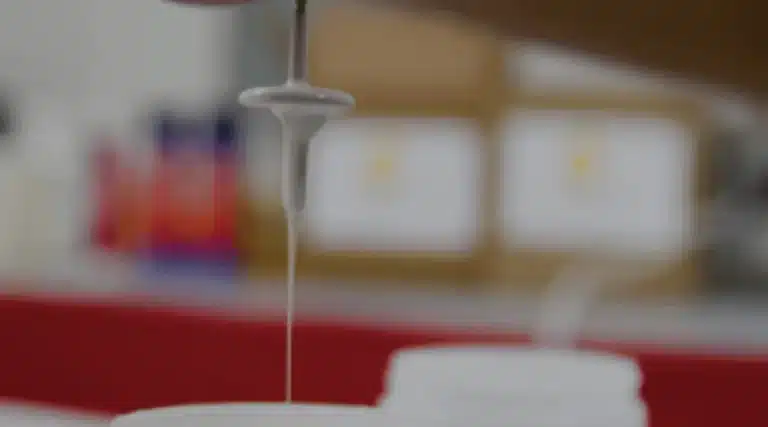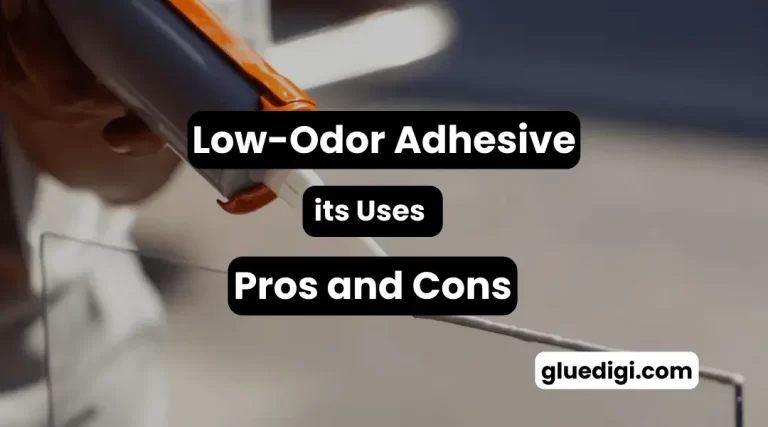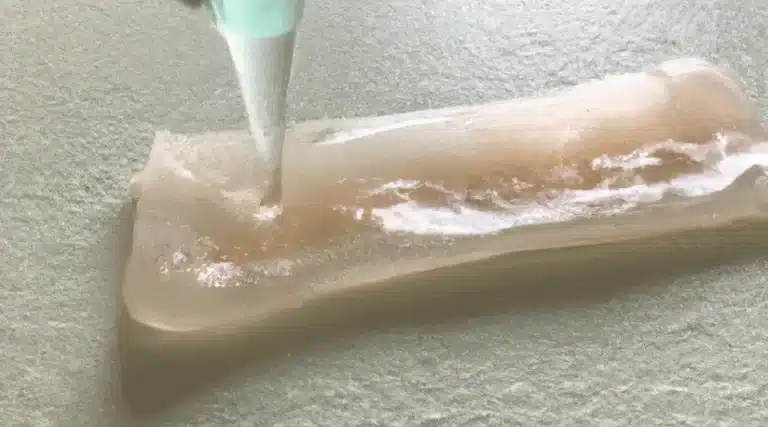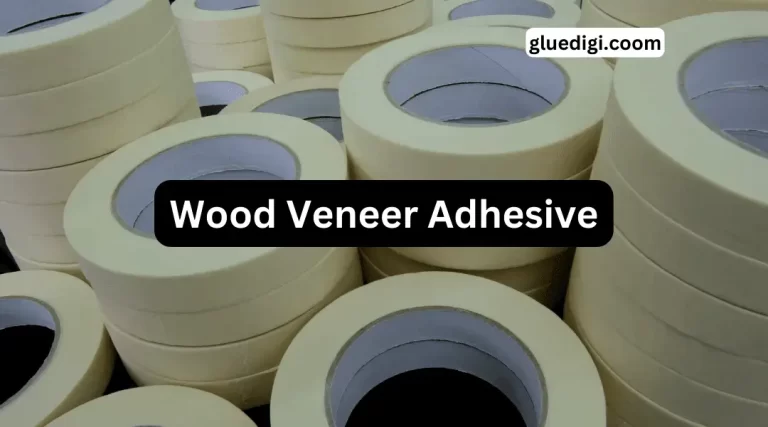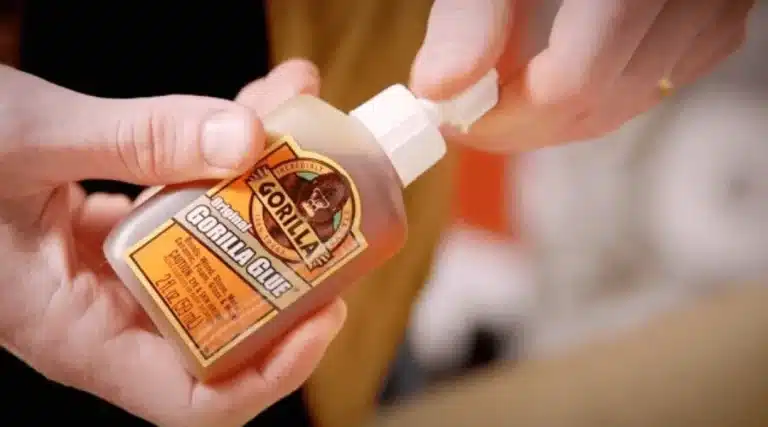When it comes to working with PVC pipes, one of the most important things to consider is how long the PVC glue takes time to dry. This is a crucial factor to ensure that your project is successful. In this article, we will discuss the factors that affect the drying time of PVC glue and some tips on how to work with it effectively. Let’s dive in!
Let’s dive into this peculiar topic and uncover the taste, health risks, and even unique uses of glue beyond its intended purpose.
Understanding the Drying Time of PVC Glue
Before we talk about how long PVC glue takes to dry, it’s important to understand how it works. PVC glue is a solvent-based adhesive that works by dissolving the surface of the PVC pipes, allowing the materials to fuse together. As the solvent evaporates, the PVC material re-solidifies, creating a strong bond.

The drying time of PVC glue depends on various factors, such as the type of glue, temperature, humidity, and the materials being used. For example, if you’re using a primer, this can affect the drying time of the PVC glue.
It’s important to note that the drying time of PVC glue can also vary depending on the size and thickness of the PVC pipes being bonded. Larger pipes may require more time for the solvent to evaporate and the materials to fuse together properly. Additionally, if the PVC pipes are exposed to any stress or pressure before the glue has fully dried, it can weaken the bond and cause leaks or other issues. It’s always best to follow the manufacturer’s instructions and allow sufficient drying time before using or handling the PVC pipes.
The Key to Successfully Working with PVC Glue
To ensure that your project is successful, the key is to work with PVC glue efficiently. This means applying just the right amount of glue, avoiding excess, and ensuring that the bond is strong enough. The amount of time you have to work with the glue is also an important factor. Too little time, and you may not have a strong bond. Too much time, and the glue may have already started to dry, causing the bond to be weaker.
Another important factor to consider when working with PVC glue is the temperature. The ideal temperature for applying PVC glue is between 40°F and 100°F. If the temperature is too low, the glue may not bond properly, and if it’s too high, the glue may dry too quickly, making it difficult to work with.
It’s also important to prepare the surfaces that you will be bonding with the PVC glue. The surfaces should be clean, dry, and free of any debris or contaminants. You can use a solvent such as acetone or alcohol to clean the surfaces before applying the glue. This will ensure that the bond is strong and long-lasting.
Preparing Surfaces Before Applying PVC Glue
Before applying any PVC glue, it’s crucial to prepare the surfaces properly. This means cleaning and roughening the surfaces to ensure that the glue can bond strongly. Any contaminants or debris on the surfaces can negatively affect the strength of the bond. So, make sure that the surfaces are clean and dry before applying any glue.
In addition to cleaning and roughening the surfaces, it’s also important to make sure that the surfaces are properly aligned before applying the PVC glue. Misaligned surfaces can cause the glue to dry unevenly, resulting in a weak bond. To ensure proper alignment, use clamps or other tools to hold the surfaces in place while the glue dries. This will help to create a strong and long-lasting bond between the PVC materials.
How Temperature and Humidity Affect PVC Glue Drying Time
The temperature and humidity are key factors that affect the drying time of PVC glue. The ideal temperature for applying PVC glue is between 40°F to 110°F. If the temperature is too low, the glue will take longer to dry. If the temperature is too high, the glue will dry too quickly, leading to a weaker bond.
Similarly, humidity can also affect the PVC glue’s drying time. High humidity can slow down the drying time, while low humidity can speed it up. The ideal humidity for working with PVC glue is between 40% to 60%.
Tips for Accelerating the Drying Time of PVC Glue
If you need to speed up the drying time of PVC glue, there are a few tips you can follow. Firstly, make sure that the surfaces are warm before applying the glue. Keeping the surfaces in a warm place can help accelerate the drying time. Additionally, using a heat gun or a hairdryer can also speed up the drying process.
However, it’s important to be careful when using heat as excessive heat can cause the glue to dry too quickly, leading to a weaker bond.
Knowing When PVC Glue Is Ready for Use
One of the most important aspects of working with PVC glue is knowing when it’s ready to use. The glue should be applied soon after the primer, and it should be allowed to dry completely before any pressure is applied to the bond.
The typical drying time for PVC glue is around 30 minutes, but it can take up to 24 hours for the bond to fully cure. So, be patient and give the glue enough time to set properly before subjecting it to any stress or strain.
It’s also important to note that the temperature and humidity of the environment can affect the drying and curing time of PVC glue. In colder temperatures or high humidity, the drying and curing time may be longer than usual. On the other hand, in warmer temperatures or low humidity, the glue may dry and cure faster than expected. Therefore, it’s essential to consider the environmental conditions when working with PVC glue to ensure the bond is strong and long-lasting.
Safety Precautions for Working with PVC Glue
When working with PVC glue, taking the appropriate safety precautions is crucial. This means wearing gloves, safety glasses, and a mask to avoid any contact with the glue or its fumes. Additionally, make sure to work in a well-ventilated area to avoid any respiratory issues.
It is also important to note that PVC glue should never be ingested or come into contact with skin. If accidental contact occurs, immediately wash the affected area with soap and water. In case of ingestion, seek medical attention immediately. It is also recommended to store PVC glue in a cool, dry place and away from any sources of heat or flame.
Choosing the Right PVC Glue for Your Project
Choosing the right PVC glue for your project is also essential. There are different types of PVC glue available, and each one is designed for specific applications. So, make sure to choose the right glue for your project.
One of the most important factors to consider when choosing PVC glue is the drying time. Some glues dry quickly, while others take longer to set. If you’re working on a time-sensitive project, you’ll want to choose a glue that dries quickly. On the other hand, if you have more time to work with, a slower-drying glue may be a better option.
Another factor to consider is the strength of the glue. Some PVC glues are designed for light-duty applications, while others are formulated for heavy-duty use. If you’re working on a project that requires a strong bond, make sure to choose a glue that is specifically designed for heavy-duty applications.
How to Minimize the Risk of PVC Glue Not Drying
If you’re concerned about the risk of PVC glue not drying properly, there are a few tips you can follow to minimize this risk. Firstly, make sure to prepare the surfaces properly before applying the glue. Additionally, avoid applying too much glue or too little. Both of these can negatively affect the bond’s strength.
Finally, make sure to store the glue properly. Any exposure to sunlight or high temperatures can cause the glue to dry out before you even have a chance to use it.
Another tip to minimize the risk of PVC glue not drying properly is to use the right type of glue for the job. There are different types of PVC glue available, each with its own specific purpose. Make sure to choose the right one for your project to ensure a strong and lasting bond.
Maximizing the Benefits of PVC Glue
PVC glue is an excellent adhesive for working with PVC pipes. It provides a strong and reliable bond, and if used correctly, it can last for many years. To maximize the benefits of PVC glue, make sure to follow the manufacturer’s instructions carefully, ensure that the surfaces are clean and dry, and work in the right temperature and humidity conditions.
By following these simple tips, you can take full advantage of PVC glue and ensure that your projects are successful and durable.
Conclusion
How Long Does PVC Glue Take to Dry? You should keep in mind that PVC glue should only be used for PVC pipes and fittings. Using it on other materials can result in weak bonds or damage to the materials. Additionally, PVC glue should be stored in a cool, dry place and kept out of reach of children and pets. By using PVC glue safely and correctly, you can ensure that your projects are not only strong and durable but also safe for everyone involved.

